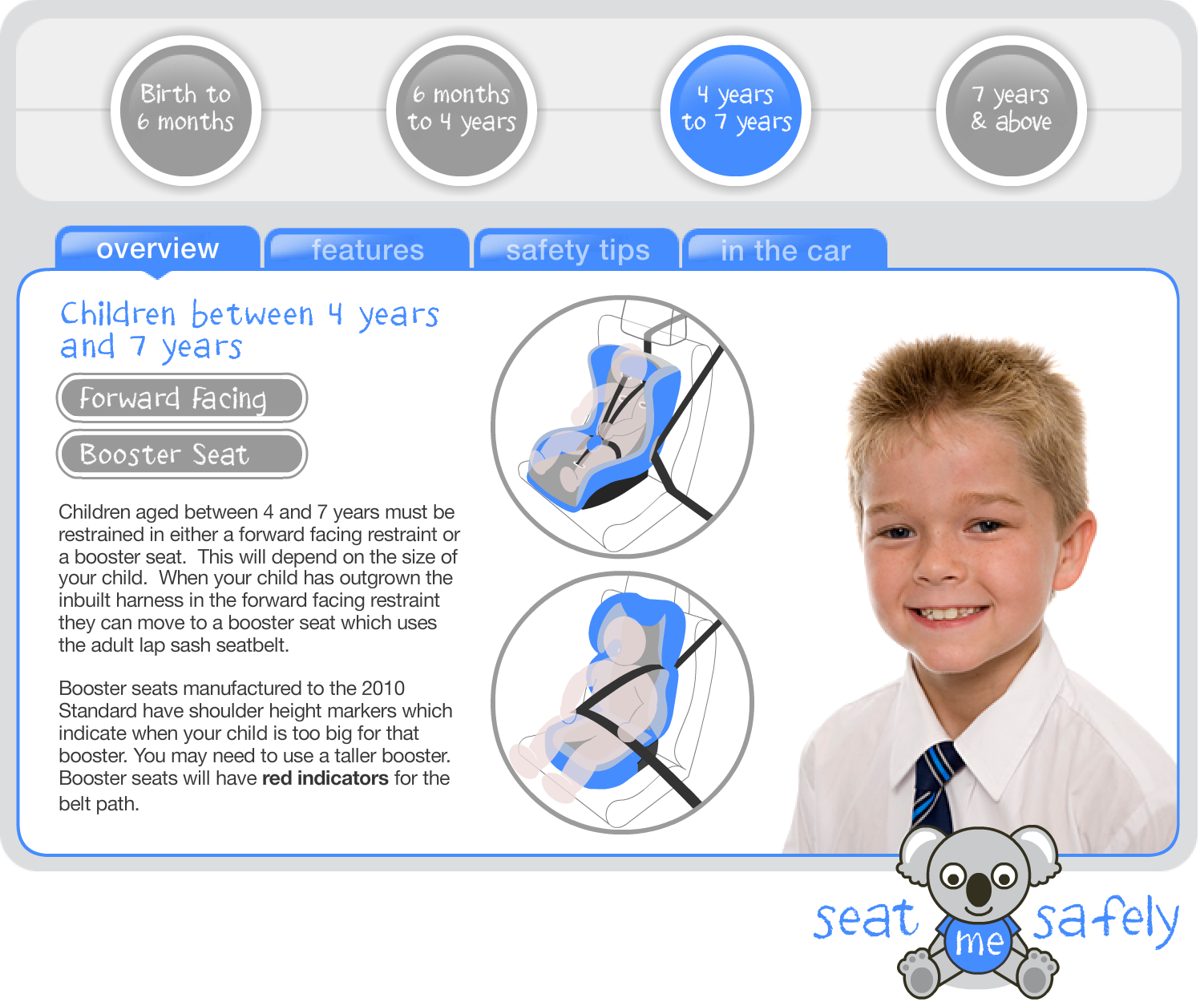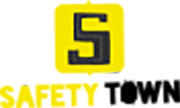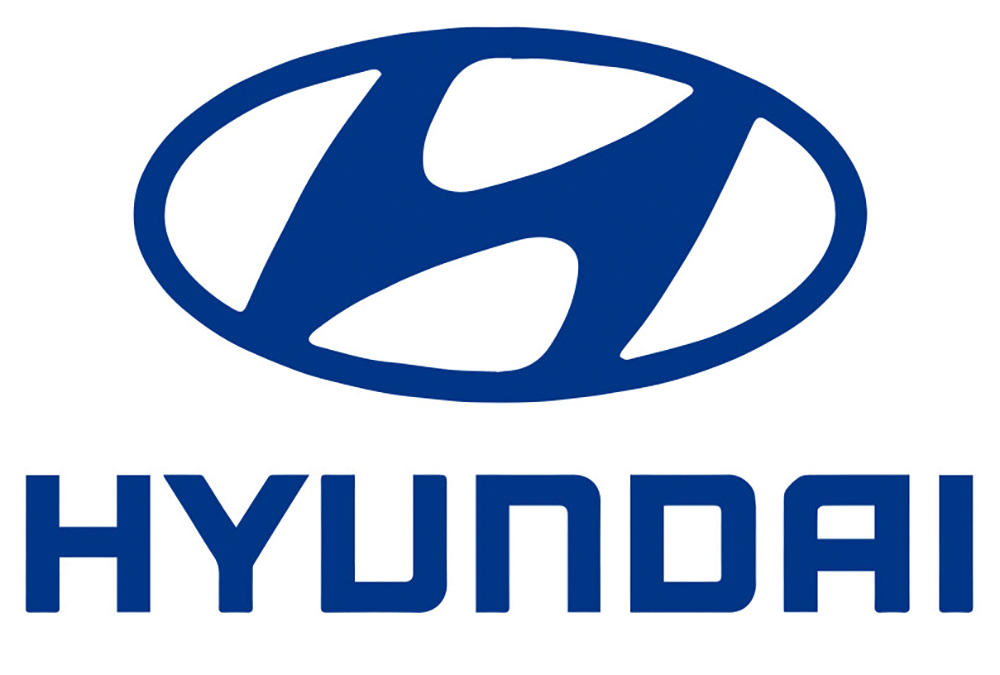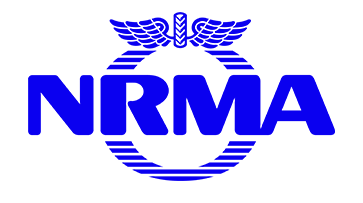Street Smart
Safety in CarsChild car seats
Make the safest choice
Many children are killed or injured in car crashes every year. Some of these deaths and injuries could be prevented or reduced if the right child car seat is used correctly.
The Child Car Seats website lets you quickly find and compare more than 200 types of forward facing, rear facing and booster seats. You can find details of how the seats are tested and rated. The site has information on how to use seats correctly, check if they are still safe and answers to common questions.
All children must be safely fastened in the correct child car seat for their age and size. A child who is properly secured in an approved child car seat is less likely to be injured or killed in a car crash than one who is not.
Seat Me Safety
National child restraint laws
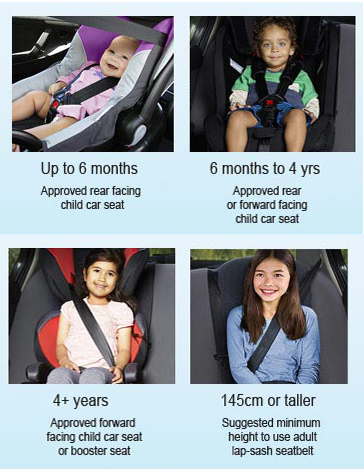
- Children up to the age of six months must be secured in an approved rearward facing restraint
- Children aged from six months old but under four years old must be secured in either a rear or forward facing approved child restraint with an inbuilt harness
- Children under four years old cannot travel in the front seat of a vehicle with two or more rows
- Children aged from four years old but under seven years old must be secured in a forward facing approved child restraint with an inbuilt harness or an approved booster seat
- Children aged from four years old but under seven years old cannot travel in the front seat of a vehicle with two or more rows, unless all other back seats are occupied by children younger than seven years in an approved child restraint or booster seat
- Children aged from seven years old but under 16 years old who are too small to be restrained by a seatbelt properly adjusted are strongly recommended to use an approved booster seat
- Children in booster seats must be restrained by a suitable lap and sash type approved seatbelt that is properly adjusted and fastened, or by a suitable approved child safety harness that is properly adjusted and fastened.
If your child is too small for the child restraint specified for their age, they should be kept in their current child restraint until it is safe for them to move to the next level.
If your child is too large for the child restraint specified for their age, they may move to the next level of child restraint.
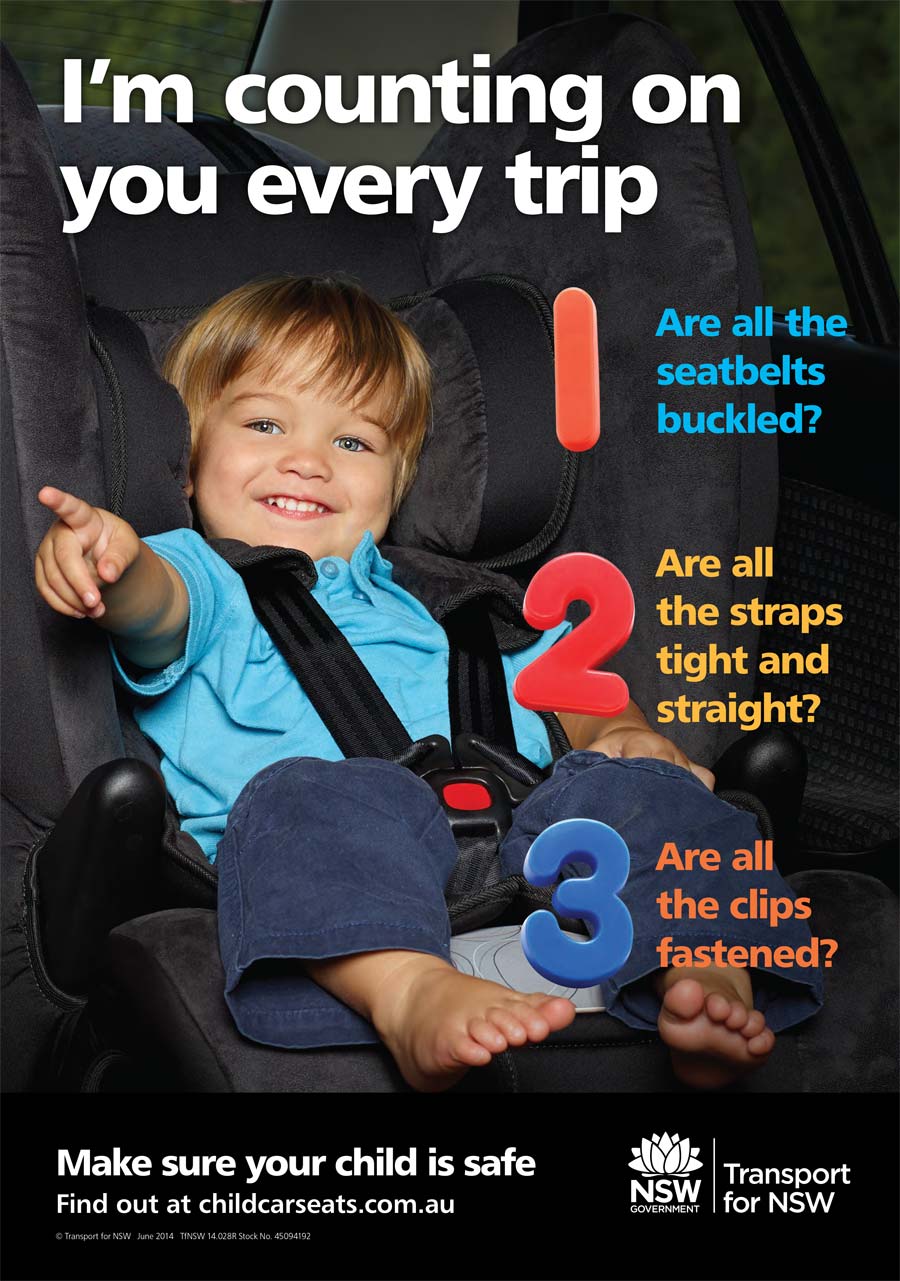
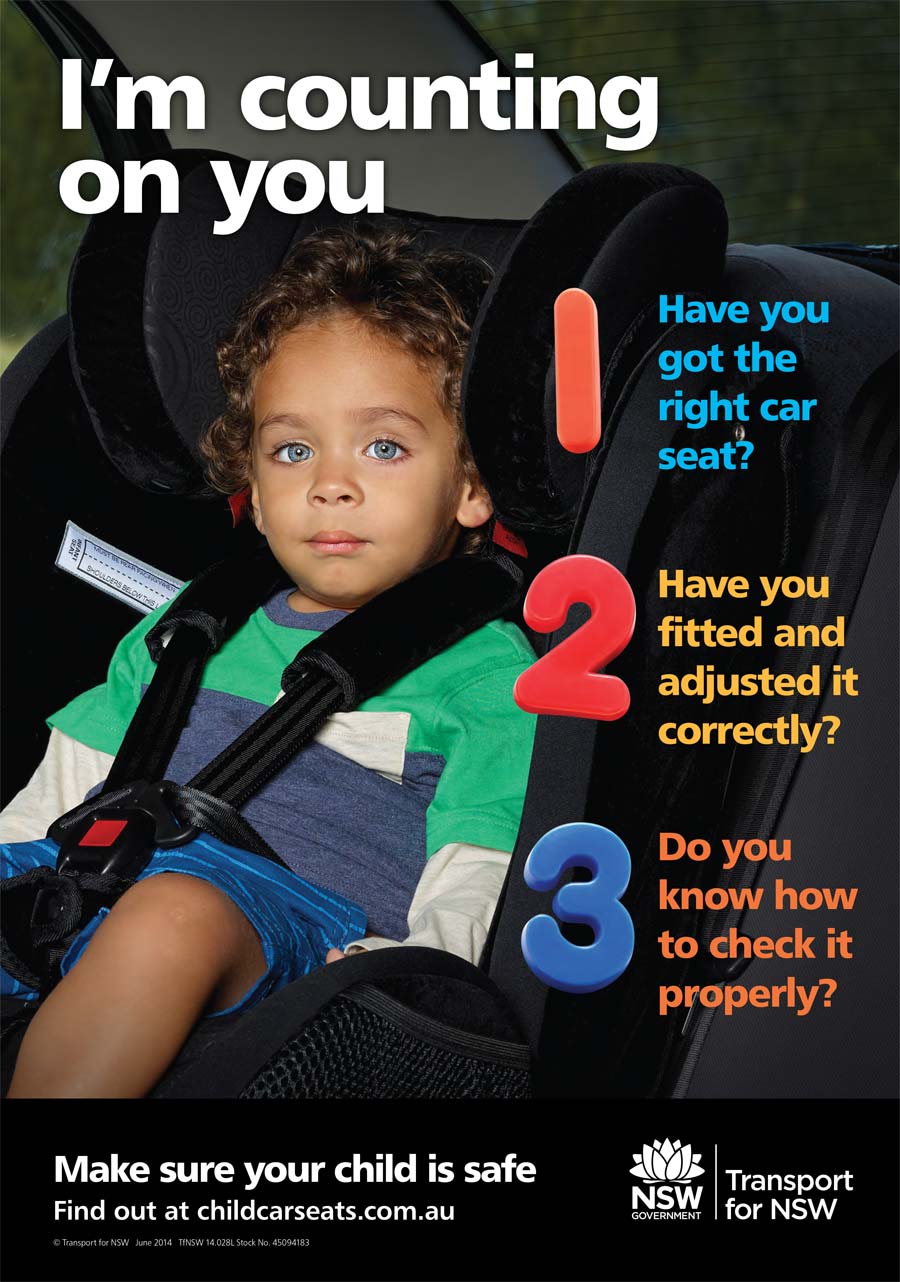
Child car seat testing
The Child Restraint Evaluation Program provides independent and consistent information to help you choose safe child car seats. The program tests child car seats and rates their level of protection in a crash.
Correct fitting
Follow the manufacturer’s instructions carefully when fitting child car seats. If the instructions have been lost, contact the manufacturer, search for the instructions online or contact an Authorised Restraint Fitting Stations.
BASIC SAFETY
You must do:
The overriding basic rule for the safety of children in cars is for every child to use the right restraint on every trip. Over the past 20 years, our road toll has dropped dramatically. Today, Australia is one of the safest countries in which to drive. There are now new national road rules for keeping children safer when travelling in the car.
- All children under seven must be secured in a child restraint or booster seat when travelling in a vehicle.
- Babies up to six months of age must be restrained in a rearward facing restraint.
- Children from six months to under four must be restrained in a rearward facing or forward facing restraint. Children under four years of age must not be in the front row of a vehicle with two or more rows.
- From four years to under seven children must use a forward facing restraint or booster seat. Children over four years of age can only sit in the front row of a vehicle with two or more rows when all other seats are occupied by children of a lesser age in an approved child restraint.
For detailed information on correct child restraint visit ‘Seat Me Safely ‘ on www.kidsafensw.org/roadsafety/seat_me_safely.html
Other important things to remember are:
- If your child is too small for a restraint specified for their age, they should stay in their current restraint for as long as necessary.
- If your child is too large for a restraint specified for their age, they may move to the next level of restraint
- It is important to check that the restraint is properly fitted.
- Children must use a child restraint on every trip.
- Children should always get in and out of the car using the Safety Door which is the rear kerb side door.
What you must not do?
- Do not carry a child on your lap. It is impossible to hold onto a child in an accident and it is illegal.
- Do not put two children in one seat belt as it is not safe and is illegal; in a crash they can be injured by colliding with each other.
- Do not sit a child on an adult’s lap with the seat belt around both of them. The child is likely to be crushed by the adult’s weight against the seat belt and it is illegal.
- Let children ride in the luggage space of cars. This is also illegal and very dangerous. All children must be restrained in an appropriate child restraint.
General safety in the car
Drive carefully, take rests, take care in the heat
Fasten your seat belt and make sure every-one is safely and appropriately restrained before starting the car. Many accidents are the result of driver error and fatigue. Rest stops help restore concentration, and beat drowsiness. Babies, toddlers and children lose fluid quickly so it is important when travelling on hot days, to allow extra time for stops and to provide plenty of cool water or fluids.
Never leave your child in a car for any period of time without adult supervision.
Being SEEN clearly
Drivers need to be able to see clearly. All sunblinds on backside windows and the rear window must allow 35 per cent light transmission. Make sure they are securely fastened and can’t distract you. Never use a nappy in the side windows to keep the sun off the baby; it will block the driver’s view. Window signs – such as baby on board should be out of the line of sight.
Driver Distraction
Don’t let your children’s behaviour distract you. Keep them occupied by talking or singing to them; provide soft toys to play with. On long trips, provide unspillable drinks, healthy snack foods; and avoid milk-based drinks for carsick-prone children. Take regular driver breaks and let the children out to run around.
Authorised Restraint Fitting Stations
Expert help
Two in three car seats are not being used properly. If you have trouble fitting or adjusting your child car seat, visit an Authorised Restraint Fitting Station. All fitters are part of a specialist network and have been trained to:
- Inspect and adjust child car seats to make sure they are installed correctly
- Fit child car seats that require vehicle modifications
- Install more anchorage points
- Retrofit lap and lap-sash seatbelt
- Show you the correct way to use your child car seat so that you can be confident your child is safe
Don’t risk your child’s safety
There are more than 300 Authorised Restraint Fitting Stations across NSW. Most are garages or service stations that have child car seat fitting services. Some stations are in hospitals, others are in councils and some are attached to baby shops.
Costs
Fitting stations charge a fee based on labour costs and parts. Although costs can vary, most fees are within these ranges:
- Inspect and adjust child restraint, $20-$30
- Install or fit a child restraint, $35-$75
To find the authorised restraint fitting stations in your area, click here

